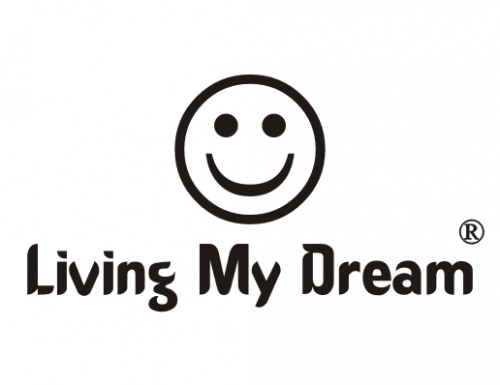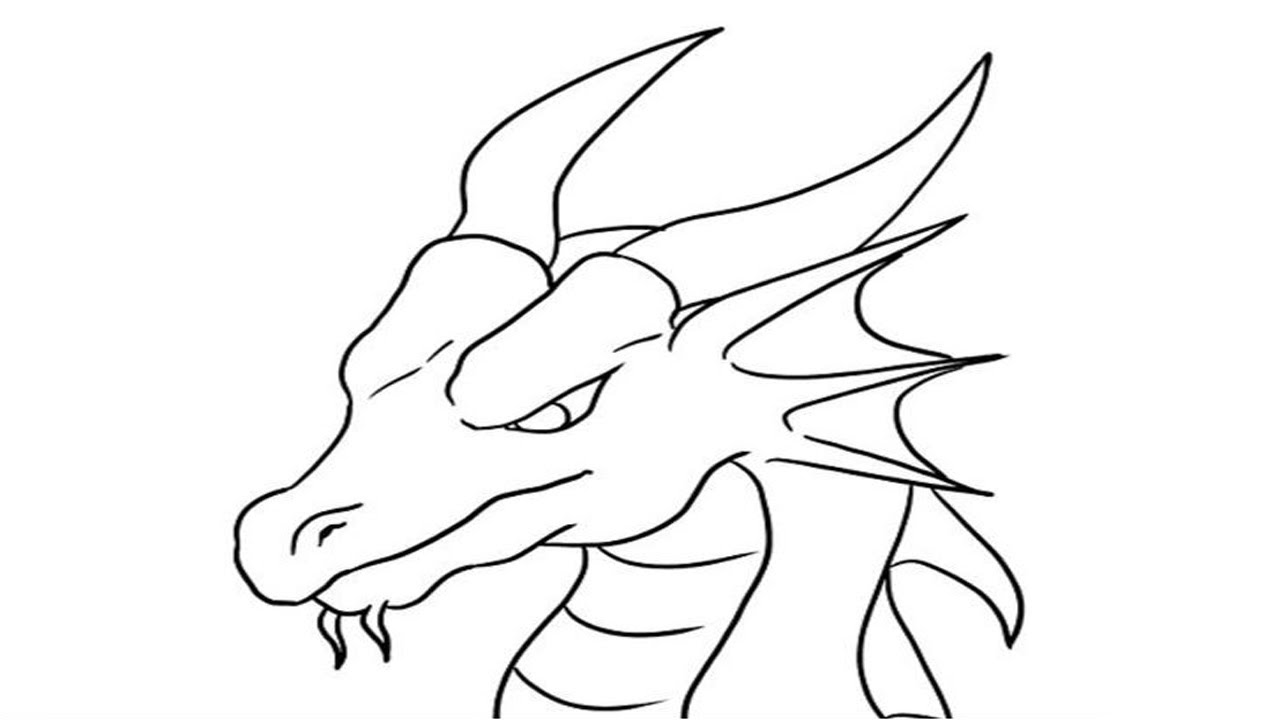How to figure drawing tutorial
Table of Contents
Table of Contents
Have you ever wanted to learn how to draw the human body, but struggle with where to start? Look no further! In this post, we’ll explore the basics of how to draw the human body, including tips, resources, and personal experiences.
Pain Points of How to Draw the Human Body
One of the biggest pain points in drawing the human body is getting the proportions right. It can be frustrating to spend hours on a drawing, only to realize that the arms are too long or the head is too small. Another common pain point is knowing how to add detail to the body, such as muscles and shading, without making the drawing look fake or stylized.
Answering the Target of How to Draw the Human Body
The best way to overcome these pain points is to start with the basics. Begin by studying the skeleton and understanding how each bone connects to form the body’s structure. From there, practice drawing the body in simple shapes and slowly adding detail. It’s important to also take breaks and step back from your work to analyze any mistakes or areas that need improvement.
Summary of Main Points
In summary, drawing the human body can be challenging, but with patience and practice, anyone can learn. Start with the basics, study the structure of the skeleton, and slowly add detail. Don’t be afraid to make mistakes and take breaks to analyze and improve your work.
How to Draw the Human Body for Beginners
When I first started drawing the human body, I struggled with getting the proportions right. But after studying the skeleton and starting with simple shapes, I was able to improve my drawings significantly. One tip I found helpful was to draw lightly at first and gradually build up the line weight and detail as I went along. Another tip is to use reference images or models to help with accuracy.
 It’s also important to study the muscles and how they connect to each other. Adding shading and highlights can help make the drawing look more realistic and three-dimensional. There are many resources available, such as books and online tutorials, that can provide guidance on how to draw the human body.
It’s also important to study the muscles and how they connect to each other. Adding shading and highlights can help make the drawing look more realistic and three-dimensional. There are many resources available, such as books and online tutorials, that can provide guidance on how to draw the human body.
Drawing the Human Body: Adding Detail
Once you have the basic structure of the body down, it’s time to add detail. One tip is to use reference images of the muscles and how they connect to each other. It’s important to keep in mind that the body is not symmetrical, so be sure to pay attention to the slight differences in the muscles and bones on each side.
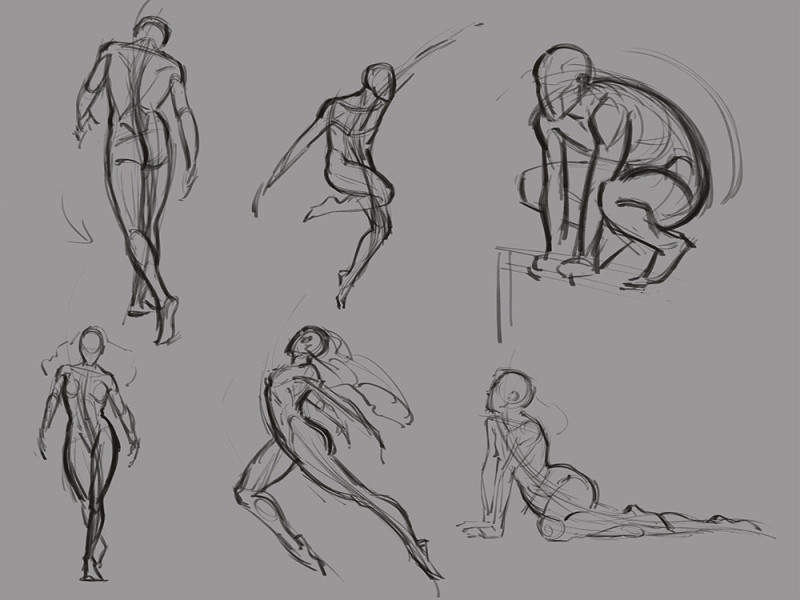 When adding shading and highlights, it’s important to study how light interacts with the body. For example, areas that protrude, such as the nose or cheekbones, will catch more light and appear brighter. It’s also important to consider the environment and the type of lighting when shading the drawing.
When adding shading and highlights, it’s important to study how light interacts with the body. For example, areas that protrude, such as the nose or cheekbones, will catch more light and appear brighter. It’s also important to consider the environment and the type of lighting when shading the drawing.
Drawing the Human Body: Common Mistakes
One common mistake in drawing the human body is making it too stylized or unrealistic. While it’s tempting to exaggerate certain features for visual appeal, it’s important to maintain accuracy and proportion. Another mistake is not paying enough attention to the details, such as the hands or feet, which can make the drawing appear unfinished.
 Exploring the Human Body through Different Styles
Exploring the Human Body through Different Styles
One of the exciting things about drawing the human body is the diversity of styles and interpretations. From realism to cartooning, there are many ways to capture the essence of the body. It can be helpful to experiment with different styles to find what works best for you.
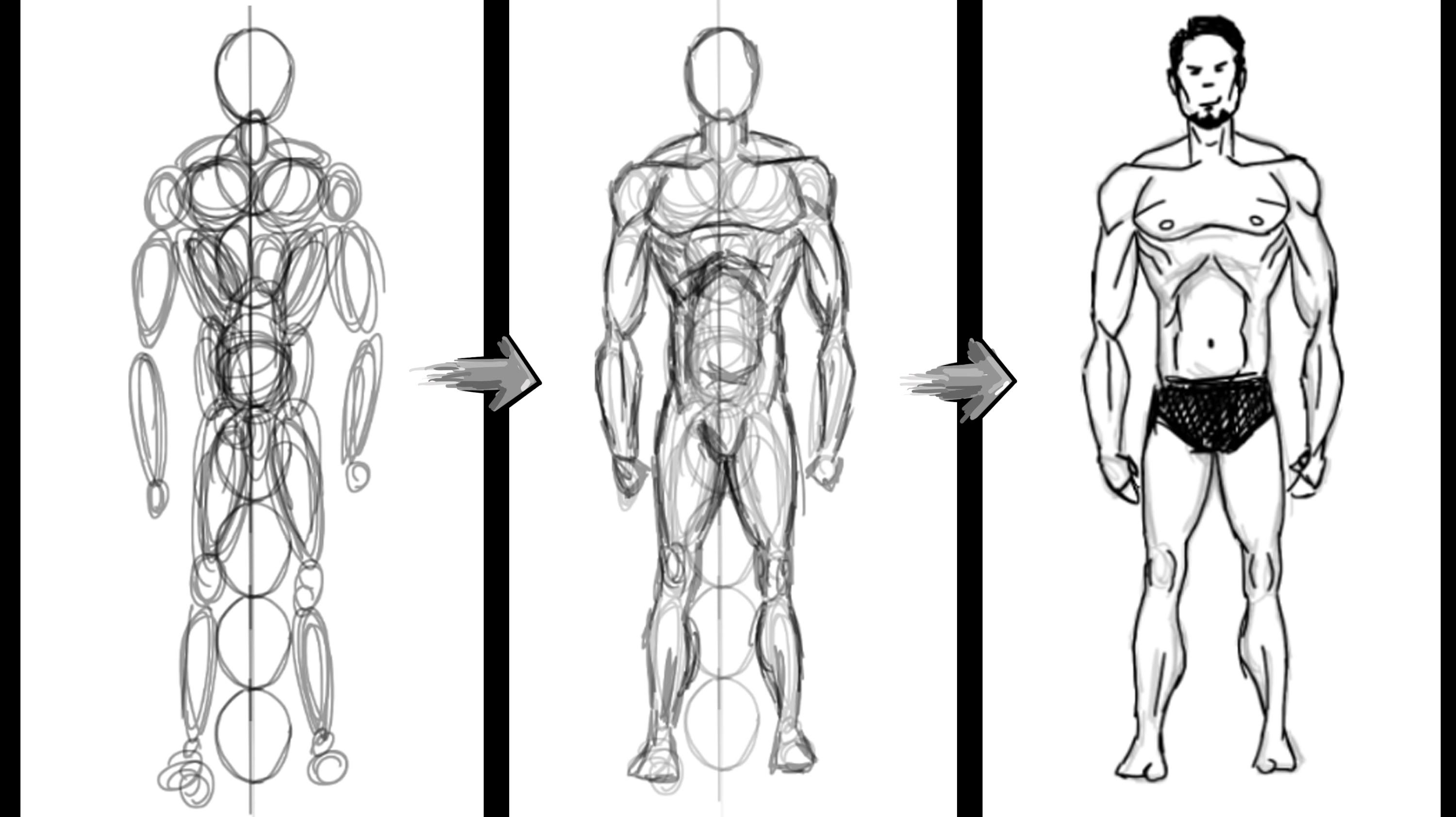 It’s important to also consider the cultural and historical context when drawing the body. For example, different cultures may place different emphasis on certain features, such as hair or skin color. Historical periods may also influence the style and portrayal of the body, such as the Renaissance period and its focus on the idealized figure.
It’s important to also consider the cultural and historical context when drawing the body. For example, different cultures may place different emphasis on certain features, such as hair or skin color. Historical periods may also influence the style and portrayal of the body, such as the Renaissance period and its focus on the idealized figure.
Question and Answer: How to Draw the Human Body
Q: How do I improve my proportions?
A: One way to improve your proportions is to study the skeleton and understand how the bones connect to form the body’s structure. It’s also helpful to use reference images or models for accuracy.
Q: What are some common mistakes to avoid?
A: Common mistakes include making the body too stylized or unrealistic, and not paying enough attention to the details or proportion.
Q: How can I add shading and highlights?
A: When adding shading and highlights, it’s important to study how light interacts with the body and consider the environment and lighting. Reference images or models can also be helpful for accuracy.
Q: How do I find my own style?
A: Experiment with different styles and techniques to find what works best for you. Consider the cultural and historical context when portraying the body.
Conclusion of How to Draw the Human Body
While drawing the human body can be challenging, it’s also rewarding and opens up many possibilities for creativity and expression. Start with the basics, study the structure and muscles, and add detail slowly. Experiment with different styles and techniques to find what works best for you. Most importantly, enjoy the process and don’t be afraid to make mistakes.
Gallery
How To Learn To Draw Anatomy

Photo Credit by: bing.com / anatomical photoshop muscles paintingvalley critique
How To Figure Drawing Tutorial - Drawing Human Anatomy Lessons

Photo Credit by: bing.com / drawing anatomy human figure draw gesture tutorial lessons aaron blaise sketching creatureartteacher tutorials course complete
Drawing The Body | 그림, 그림 배우기, 그림 그리는 방법

Photo Credit by: bing.com /
How To Draw The Human Body Step By Step. How To Draw A Person Tutorial

Photo Credit by: bing.com / body draw human step drawing person legs tutorial
Sketchbook – Animationport
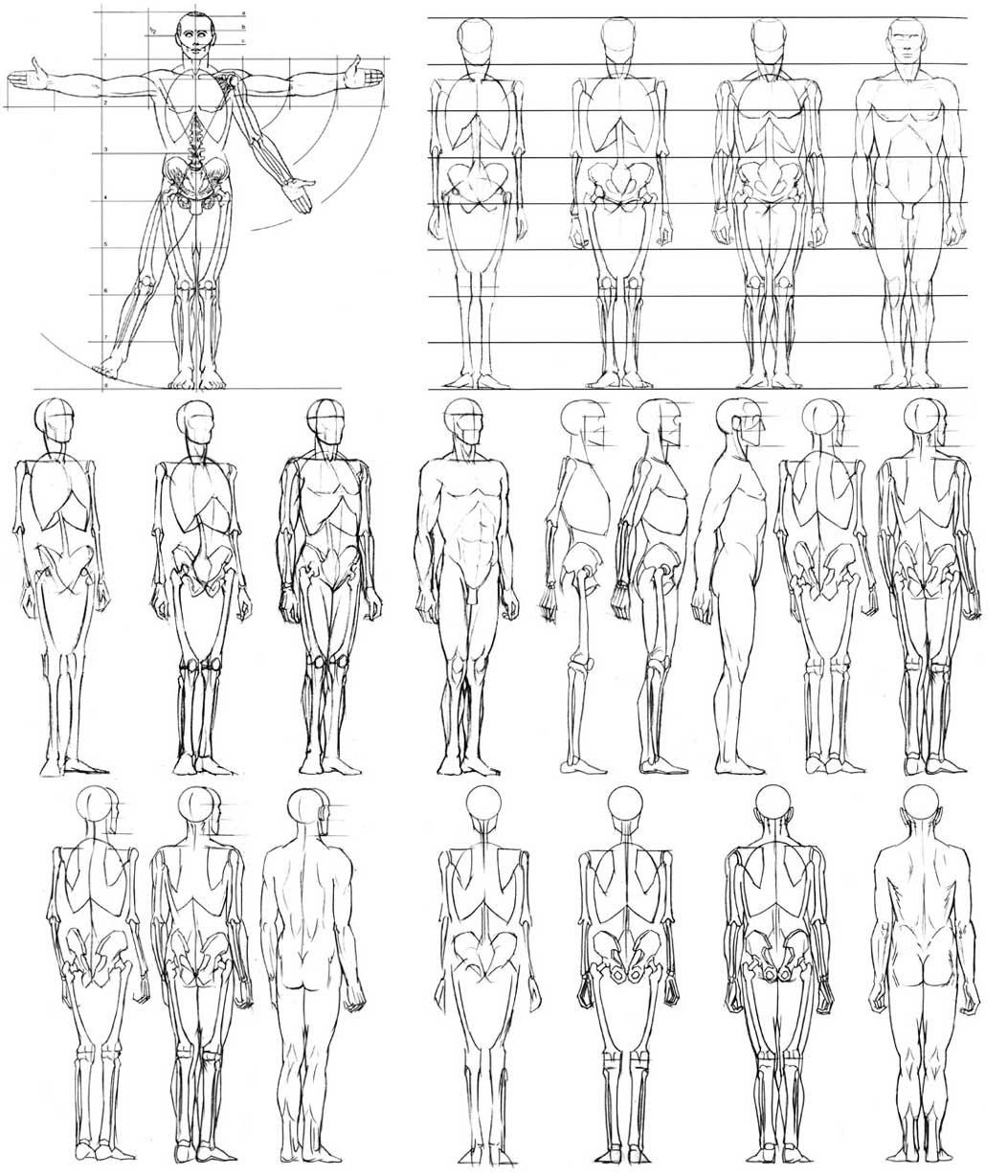
Photo Credit by: bing.com / sketchbook human body drawing figure proportion part
